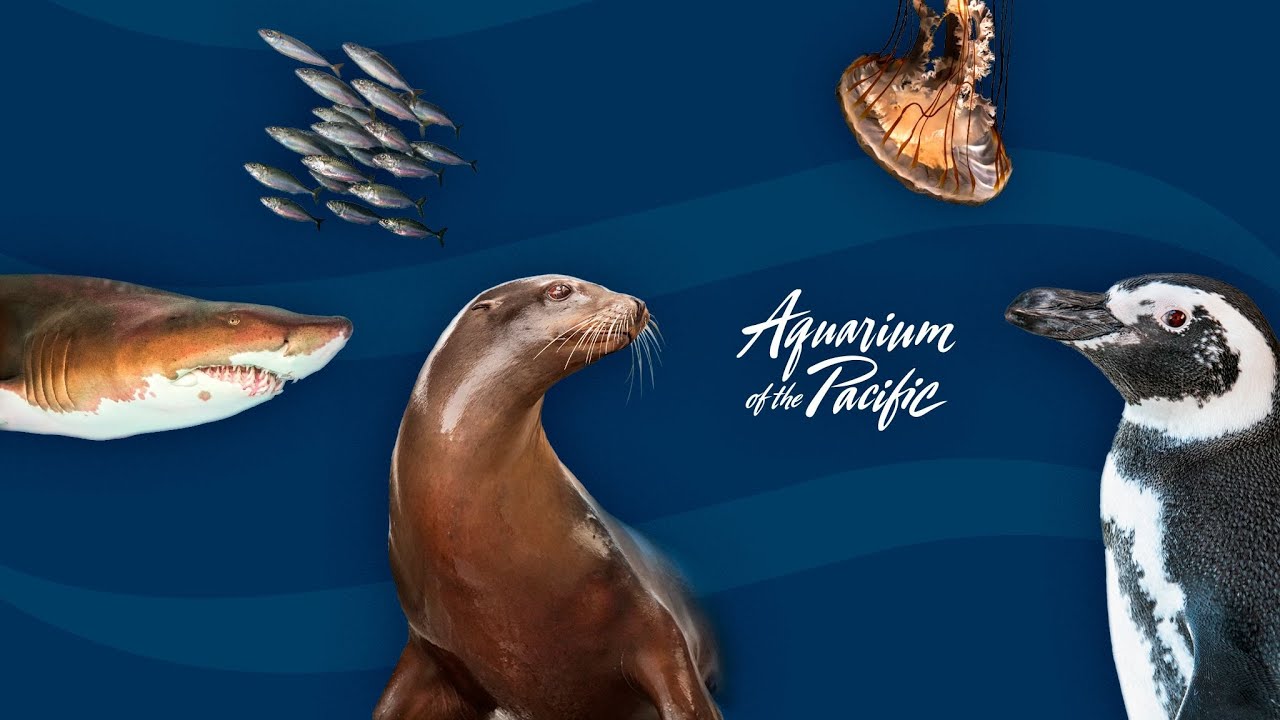Summary:
1. Introduction to Tidepool Habitats
2. The Diversity of Tidepool Animals
3. Fascinating Adaptations in Tidepool Animals
4. Threats and Conservation Efforts for Tidepool Habitats
5. Exploring the Tidepools: Tips and Safety Precautions
Tidepool Habitats: A Closer Look at Nature’s Extreme Playground
Have you ever found yourself mesmerized by the mesmerizing world of tidepools? These intricate ecosystems, found along rocky coastlines, are home to a diverse array of marine life that thrives in one of the most extreme habitats on earth. This article will deeply dive into the fascinating aspects of tidepool habitats and explore the amazing adaptations animals have developed to survive in these challenging environments.
Tidepool habitats, also known as intertidal zones, are unique ecosystems in the transitional zone between the land and the sea. Twice a day, as the tides ebb and flow, these habitats undergo dramatic changes, creating a harsh environment with fluctuating temperatures, salinity levels, and exposure to air. Despite these challenges, tidepools provide a thriving home for various plants and animals with special adaptations to survive and thrive in this constantly changing environment.
One of the most intriguing aspects of tidepool habitats is the incredible diversity of animal life that calls them home. These creatures have evolved from tiny anemones and snails to crabs and colorful seastars to make the most of their unique surroundings. Some animals, like anemones, have developed powerful sting cells to immobilize their prey, while others, such as barnacles, attach themselves firmly to rocky surfaces to withstand the crashing waves.
Adaptations in tidepool animals go beyond simple physical characteristics. Many species exhibit behavioral adaptations that allow them to survive the challenges of this extreme habitat. For example, hermit crabs scavenge for empty shells to protect their soft bodies. At the same time, other species, like the sculpin fish, can breathe air when trapped in isolated tidepools. These adaptations have allowed tidepool creatures to carve out a niche in an environment that offers both danger and opportunity.
Sadly, like many habitats worldwide, tidepool ecosystems face numerous threats. Human activities, including pollution, overfishing, and habitat destruction, have affected these fragile ecosystems. Climate change also poses a significant threat, as rising sea levels and increased ocean temperatures can disrupt the delicate balance of the tidepool environment. Conservation efforts, such as marine protected areas, educational programs, and community involvement, play a crucial role in preserving these unique habitats and the diverse species that rely on them.
As tidepools offer a fascinating and immersive experience for nature enthusiasts, it is important to explore them responsibly and with respect for the delicate ecosystems they contain. Here are a few tips for those venturing into tidepool habitats:
1. Timing is everything: Plan your visit during low tide to maximize your chances of seeing a diverse range of animals and avoid causing unnecessary disturbance.
2. Watch your step: Be mindful of where you walk to avoid trampling on delicate organisms or disturbing their habitats.
3. Hands-off approach: Resist the urge to touch or disturb the animals or their homes. Remember, you are a visitor in their world.
4. Leave no trace: Ensure you leave the tidepool habitat as you found it. Do not disturb living organisms; they contribute to the ecosystem’s balance.
In conclusion, tidepool habitats provide a captivating window into the remarkable adaptations that animals have developed to survive in extreme environments. These unique ecosystems, teeming with life, remind us of nature’s incredible diversity and resilience. By understanding and appreciating the intricacies of tidepool habitats, we can contribute to their conservation and ensure these remarkable ecosystems continue to inspire and captivate future generations of nature enthusiasts. So, grab your curiosity and embark on an unforgettable journey to the dynamic world of tidepools – a playground of nature’s most extreme adventures.
*****
Source Description
Dive deeper into one of the most extreme habitats on earth and discover the adaptations animals have developed to survive in tidepools.

